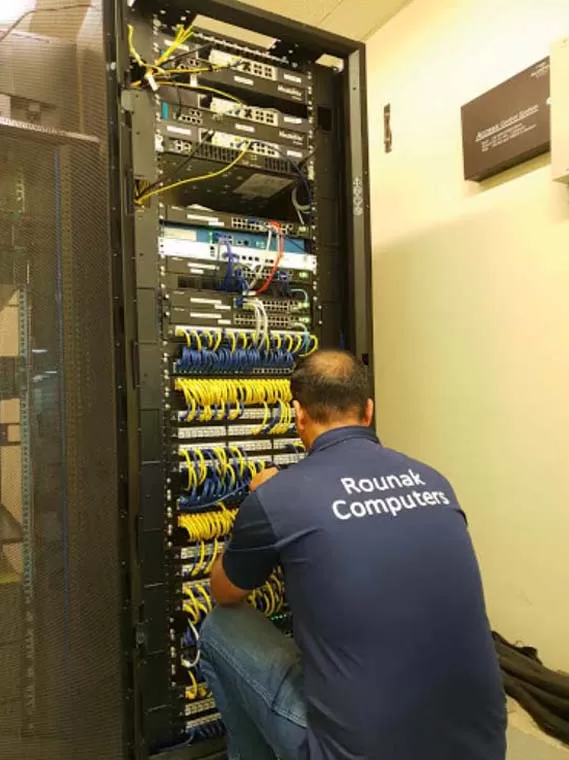Structured Cabling
Leaving aside homes and small offices, there are several locations involving the use of dozens of computers and hundreds of hardware components, creating a complicated web of wires, cables, sockets and outlets.
This includes large buildings with multiple smaller office spaces and floors, college campuses, and big shopping malls, where computers serve many of the management needs.
Proper Cable Management
Without the proper cabling infrastructure and networking capabilities, there is the risk of improper plugging in and out, inaccurate troubleshooting methods, and a mess of several components out of place.
Structured cabling companies in Dubai such as Rounak Computers seek to redress exactly these needs and issues, with professional services that target proper and effective management of the many smaller subsystems that feed the large networking infrastructure.
A structured cabling system offers an overall architecture that is not only promised to function without run of the mill problems and downtime, but also provide ample flexibility in terms of adaptability, customization, and upgradation.
A proper system will make sure its overall performance does not suffer when the many routine changes and additions are made to the components playing a part in the network.

Compared To Point-To-Point System
Structured cabling provides a system that is more advanced, albeit somewhat more complicated than the point-to-point system, which involves using long cables to connect each component that requires a connection to be hooked up separately.
In the structured setting, panels are used to deliver a system, which makes it possible for hardware ports to be tethered with a main front that is easily accessible.
Depending on how complex the system is, there may be other panels that are used as well, and all of these are present in the main distribution room, delivering easy access.

Advantages of Network Cabling
As stated before, the structured cabling system may be a little harder to manage and control, often requiring a network cabling company to do it, it delivers several key advantages over the point to point system, saving time and resources. It makes it much easier to make changes and additions, because most of these take place in the main distribution area, instead of hooking long cords to the required hardware items. The architecture drives down the need for an entangled and messy set of wires on the front and in exposed places, making the area appear neat and avoiding common mishaps associated with an ample cable supply, including falls and trips.
How Structured Cabling Companies Prevent Risks
The system makes it possible for changes to be made without there being any downtime, which is highly likely when human error interferes with the performance of the whole system. Plugging in the wrong cords and ports will cause for components to fall of the networking grid, and these disconnections will be hard to pinpoint, owing to the lack of organization.
This method also prevents the issue of overheating and lack of ventilation, which is common due to cables crowding up. For people who seem to be more familiar with technology that the ordinary lot, it might be easier to buy less costly cameras if the features they offer deliver what is required. While this will suit those who like to take care of things themselves, stores may also offer a full set of required components, which may be cheaper than buying everything separately, making compatibility another issue.
